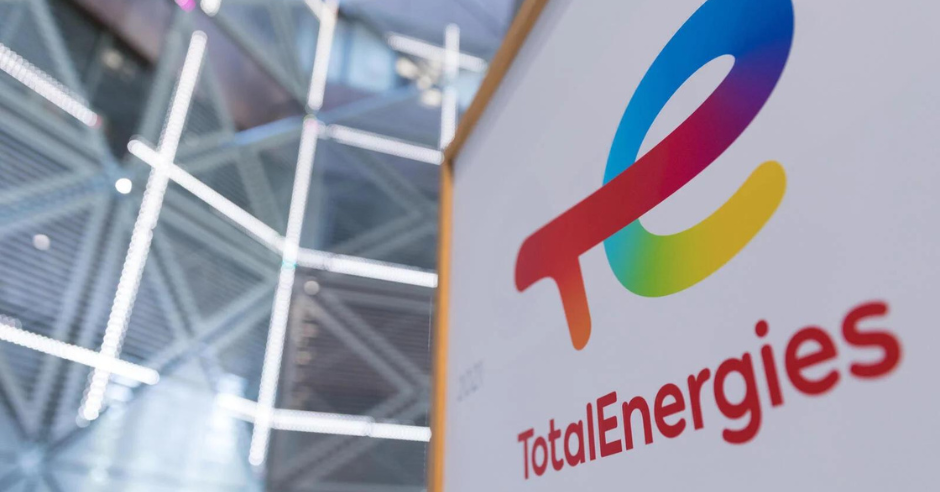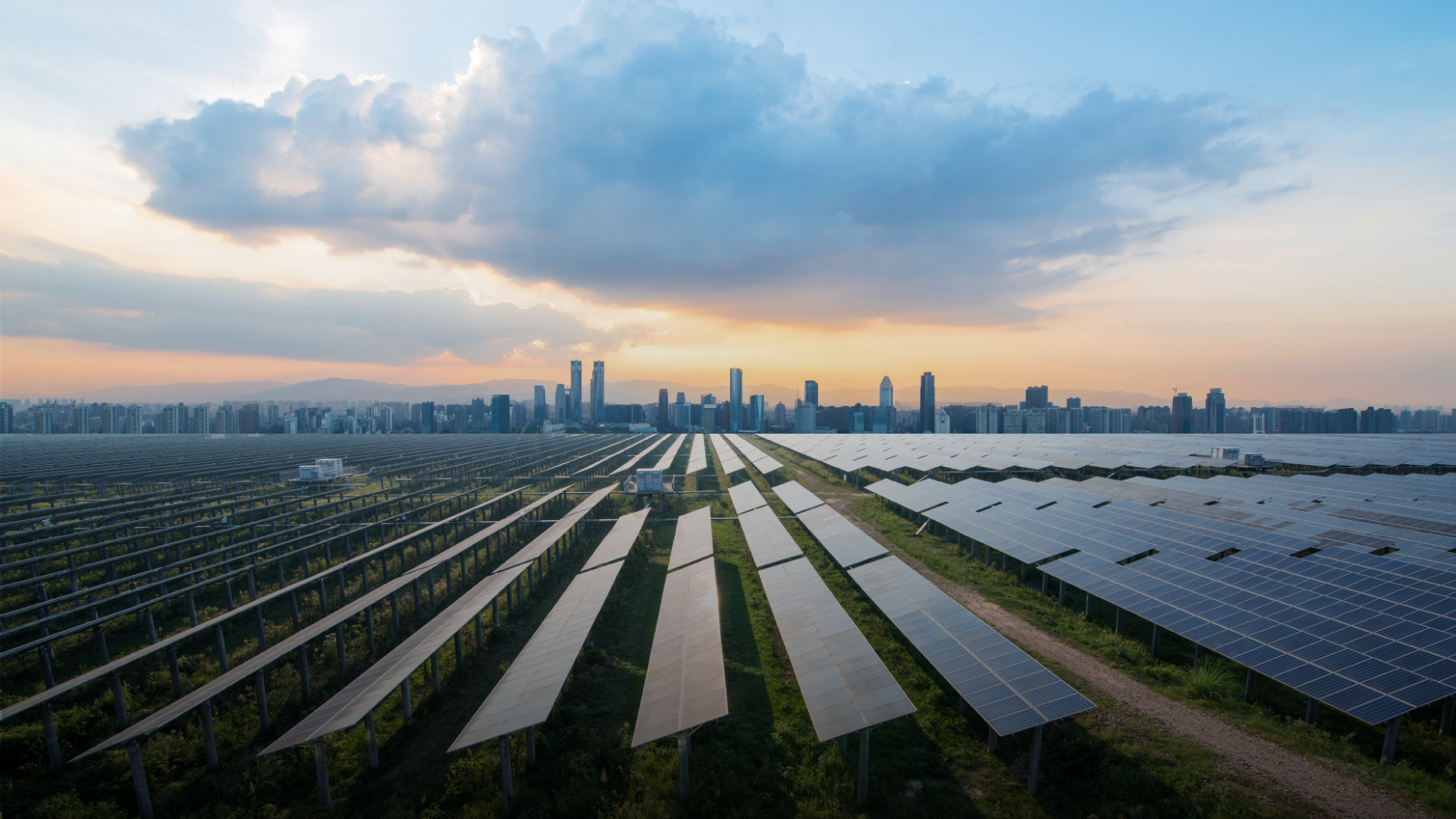TotalEnergies announced an acquisition, securing a 45% interest in dry gas-producing assets owned and operated by Lewis Energy Group in the Eagle Ford Basin, Texas.
The company expects these assets to reach 400 million cubic feet per day (Mcf/d) of sustainable gross production by 2028.
This acquisition represents TotalEnergies’ second investment in non-operated shale gas assets this year, following its previous purchase of the Dorado asset, also situated in the Eagle Ford Basin.
Also read: TotalEnergies Commences Gas Production from Fenix Field in Argentina
Nicolas Terraz, President of exploration and production at TotalEnergies, said, “This acquisition further strengthens our upstream gas position in the United States and contributes to our integrated LNG position with a low-cost upstream gas supply.”
He added, “We are delighted to partner with Lewis Energy Group, a well-renowned and highly efficient gas operator with an historical footprint in South Texas.”
Also read: TotalEnergies Signs 10-Year Agreement with BOTAŞ to Supply LNG to Turkey
With more than 10 million tons (Mt) exported in 2023, TotalEnergies is a prominent exporter of US liquefied natural gas (LNG).
The company aims to raise its US LNG export capacity to 15 Mt per year through long-term purchase agreements and its 16.6% ownership in the Cameron LNG plant in Louisiana by 2030.
This move, following the 2024 acquisition of Texas Dorado, strengthens TotalEnergies’ position in the US natural gas market and improves its integration throughout the gas value chain.




